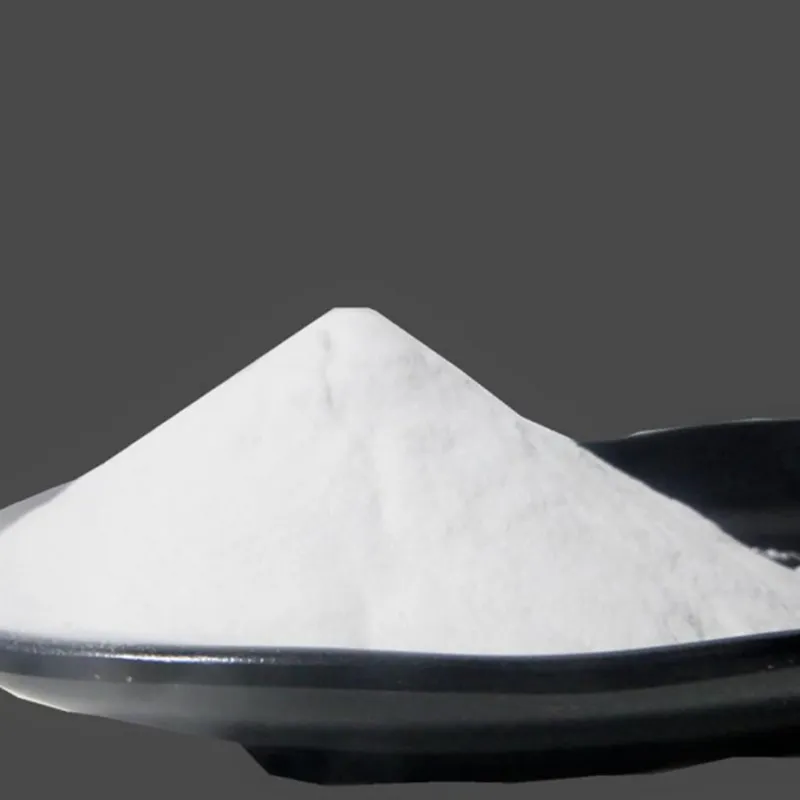
commonly used food preservatives
Commonly Used Food Preservatives Ensuring Safety and Freshness in Our Diet
Food preservation is an ancient practice that ensures the safety and longevity of our food supply. As global consumption patterns evolve, the importance of food preservatives has never been more critical. These substances help prevent spoilage, inhibit microbial growth, and maintain the nutritional quality of food products. This article explores some commonly used food preservatives, their functions, and their implications for health.
Preservatives can be broadly categorized into two groups natural and synthetic. Natural preservatives include substances derived from plants, animals, or minerals. Common examples are salt, sugar, vinegar, and citric acid. Synthetic preservatives are chemically manufactured and include compounds such as sodium benzoate, potassium sorbate, and sulfites. Each type serves a specific purpose in food preservation.
2. Functions of Preservatives
The primary function of food preservatives is to extend the shelf life of products by preventing spoilage caused by bacteria, molds, and yeasts. For instance, sodium benzoate is effective in acidic environments, such as pickles and soft drinks, where it inhibits the growth of harmful microorganisms. Potassium sorbate is often used in dairy products and wine to prevent yeast and mold growth, ensuring these products remain safe and enjoyable for longer.
Moreover, preservatives can help maintain the color, flavor, and nutritional value of food. Antioxidants, such as ascorbic acid (vitamin C) and tocopherols (vitamin E), prevent oxidation, which can cause food to become stale or unpalatable. They also contribute to the retention of essential vitamins and nutrients during storage, ensuring consumers receive the maximum health benefits from their food.
commonly used food preservatives

3. Health Implications
While food preservatives play a vital role in maintaining food safety, there has been ongoing debate regarding their potential health implications. Some synthetic preservatives have been linked to allergic reactions, hyperactivity in children, and other adverse effects. For instance, sulfites can cause severe reactions in individuals with asthma, while the consumption of nitrates and nitrites, commonly found in processed meats, is associated with an increased risk of certain cancers.
Nevertheless, regulatory bodies such as the Food and Drug Administration (FDA) and the European Food Safety Authority (EFSA) closely monitor the use of preservatives in food products. They establish acceptable daily intake levels and conduct risk assessments to ensure that these substances remain safe for the general population. It is essential for consumers to be informed and to read labels, especially if they have known allergies or sensitivities.
4. The Future of Food Preservation
With the growing demand for clean label products and increased awareness of health and wellness, the food industry is shifting towards using natural preservatives and innovative preservation techniques. Techniques such as high-pressure processing, fermentation, and the use of essential oils are gaining traction as alternatives to traditional synthetic preservatives. These methods not only enhance food safety but also align with consumer preferences for minimally processed foods.
In conclusion, food preservatives serve a critical role in our food supply chain, extending shelf life and ensuring safety. While both natural and synthetic preservatives have their benefits and potential health implications, ongoing research and regulatory oversight help mitigate risks. As consumers continue to demand healthier food options, the future of food preservation will likely focus on sustainable, natural alternatives that cater to both safety and consumer preferences. Understanding the role of preservatives can empower consumers to make informed choices about their diets, ultimately contributing to better health outcomes.
-
Understanding Synthetic Rubber OptionsNewsApr.27,2025
-
Trichloroisocyanuric Acid: Essential for Clean and Safe WaterNewsApr.27,2025
-
Sodium Dichloroisocyanurate: Key to Safe Water TreatmentNewsApr.27,2025
-
Sodium Acid Pyrophosphate: Essential in Modern Food ProcessingNewsApr.27,2025
-
Essential Water Treatment ChemicalsNewsApr.27,2025
-
Denatured Alcohol and Its Industrial UsesNewsApr.27,2025
-
The Versatile Uses of Sodium BicarbonateNewsApr.24,2025
Hebei Tenger Chemical Technology Co., Ltd. focuses on the chemical industry and is committed to the export service of chemical raw materials.
-

view more DiethanolisopropanolamineIn the ever-growing field of chemical solutions, diethanolisopropanolamine (DEIPA) stands out as a versatile and important compound. Due to its unique chemical structure and properties, DEIPA is of interest to various industries including construction, personal care, and agriculture. -

view more TriisopropanolamineTriisopropanolamine (TIPA) alkanol amine substance, is a kind of alcohol amine compound with amino and alcohol hydroxyl, and because of its molecules contains both amino and hydroxyl. -

view more Tetramethyl Thiuram DisulfideTetramethyl thiuram disulfide, also known as TMTD, is a white to light-yellow powder with a distinct sulfur-like odor. It is soluble in organic solvents such as benzene, acetone, and ethyl acetate, making it highly versatile for use in different formulations. TMTD is known for its excellent vulcanization acceleration properties, which makes it a key ingredient in the production of rubber products. Additionally, it acts as an effective fungicide and bactericide, making it valuable in agricultural applications. Its high purity and stability ensure consistent performance, making it a preferred choice for manufacturers across various industries.











